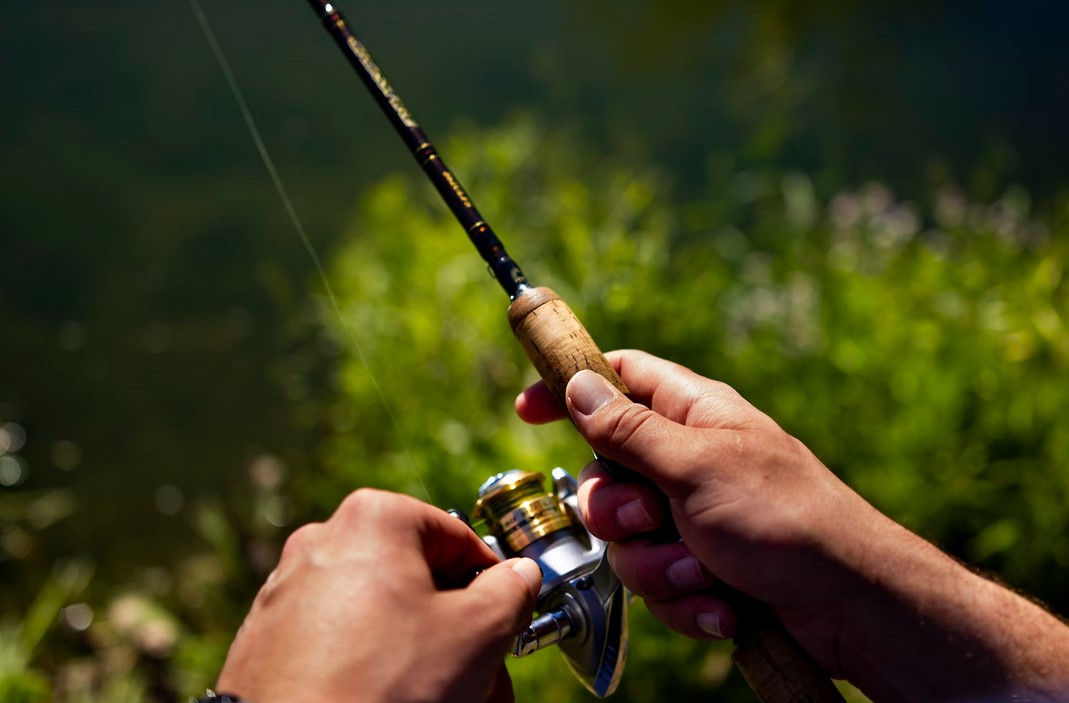Fishing offers a great escape from the daily grind. But before you cast your line into the water, understanding the critical role of knots in fishing is essential. This extensive guide delves into the intricacies of various fishing knots, their specific uses, and step-by-step instructions on tying them.

Why do knots matter?
As you dive into fishing, you learn quickly that not all knots are identical. It would help to have different knots for different situations. The right knot can mean landing a big fish instead of going home empty-handed.
Knots are the backbone of your fishing setup. Below are several key reasons why they matter:
- Strength. Weak knots can break under tension. Imagine battling a big fish only to lose it because your knot snaps. A robust knot maintains line strength and ensures your catch will not escape.
- Reliability. Unreliable knots come undone easily. It can be especially frustrating when you are reeling in a fish. A dependable knot stays in place, securing your catch all the way to your hands.
- Versatility. The fishing environment is ever-changing. Whether you are fishing in fresh or saltwater deep or shallow waters, the right knot adapts to different situations.
- Ease of tying. Time is of the essence when you are on the water. Some knots are quicker to tie, allowing you more time to focus on fishing.
- Line conservation. Some knots require less line to tie. It is particularly beneficial if you are working with expensive specialized lines.
Learning about the traits of various knots makes you a better angler. Spend time discovering these knots well. You will find it worthwhile!
Types of fishing knots and their uses
There are various fishing knots, each with a particular strength and purpose. Here, we will explore some of the most popular ones in greater detail.
| Knot Type | Primary Use | Difficulty Level |
|---|---|---|
| Clinch knot | Attaching hooks | Easy |
| Palomar knot | Strong hook attachment | Moderate |
| Loop knot | Creating a non-slip loop | Hard |
| Albright knot | Joining different types of lines | Moderate |
Clinch knot
Many anglers like the Clinch knot because it is easy and quick. It works well with monofilament and fluorocarbon lines. But you should avoid it for braided lines as it may slip.
Palomar knot
The Palomar knot is known for its strength and dependability. This knot works with nearly all types of lines, including braided ones. However, it takes work to tie in tight spaces.
Loop knot
The Loop knot makes a non-slip loop at the end of your line. This lets lures move freely. It is useful when using floating lures or wanting your bait to move more.
Albright knot
The Albright knot is a good choice if you need to join two different lines. It can link a braided line to a fluorocarbon or monofilament leader. As you can see, this knot is quite versatile.
How to get started: Step-by-step guide
Tying knots is an art that takes time to master. Here is how to begin your journey:
- Select your line. The line you choose will impact the knots you can use. Some lines are better suited for specific knots.
- Gather tools. Scissors, pliers, and forceps can make tying knots easier.
- Follow detailed guides. Whether in the form of videos or written instructions, make use of tutorials to learn the steps.
- Practice. Tie and untie the knot several times to get the hang of it. Use a larger rope for practice if you find it challenging to handle fishing lines initially.
- Field test. Once you are confident, try your knots in real fishing situations. It is the ultimate test of your knot-tying skills.
As you can see, learning to tie these knots increases your chances of landing fish and boosts your confidence while fishing.
Conclusion
Fishing knots may appear simple, but their importance in a successful fishing expedition cannot be overstated. As you learn to tie these essential knots, you become more than just a casual angler. You evolve into a more skilled and efficient fisherman.
Are you ready to turn your fishing trips into stories of epic catches? Start mastering these knots today and elevate your angling game!

Leave a Reply